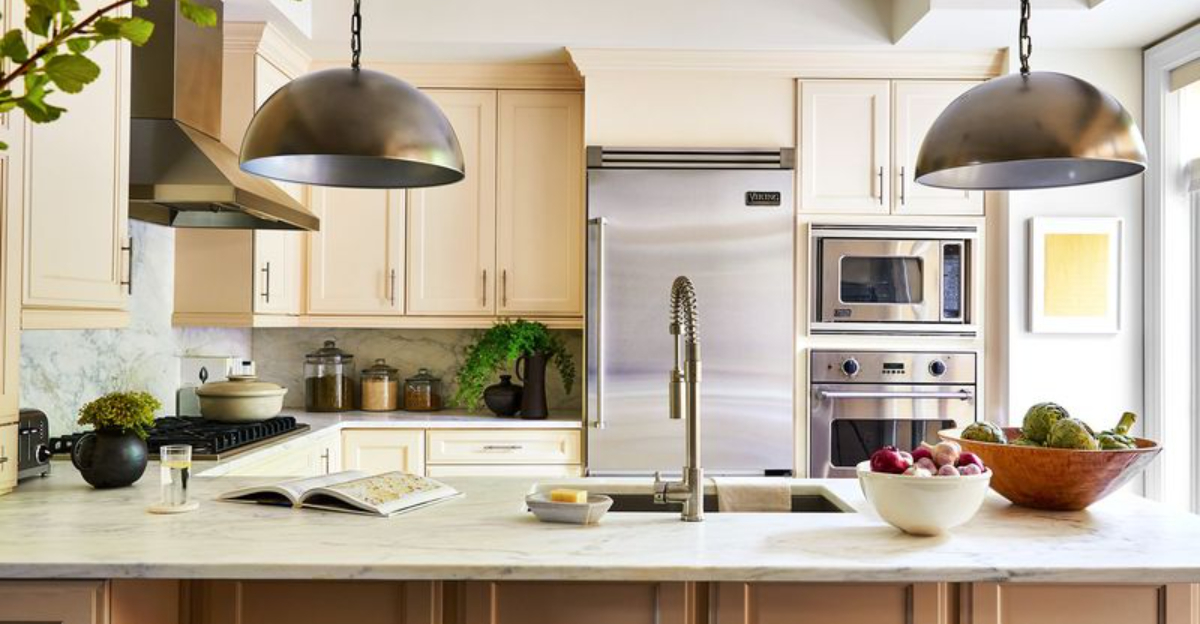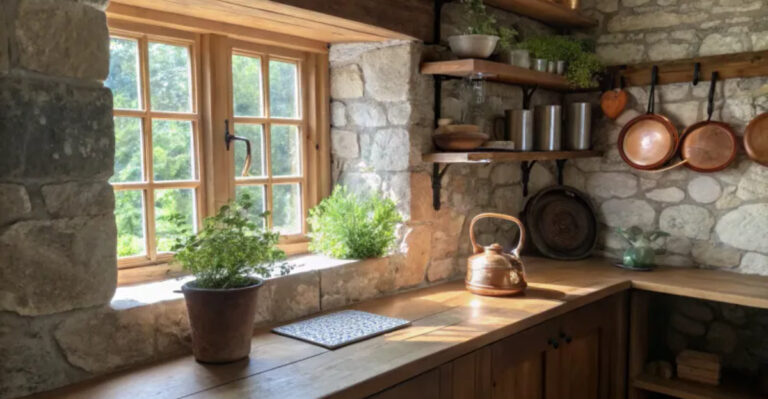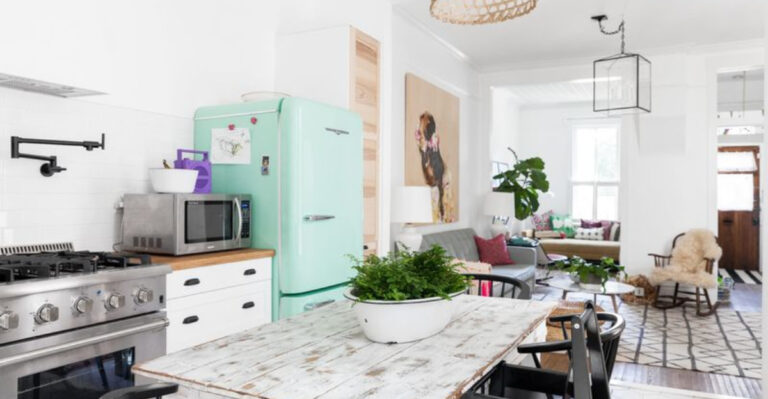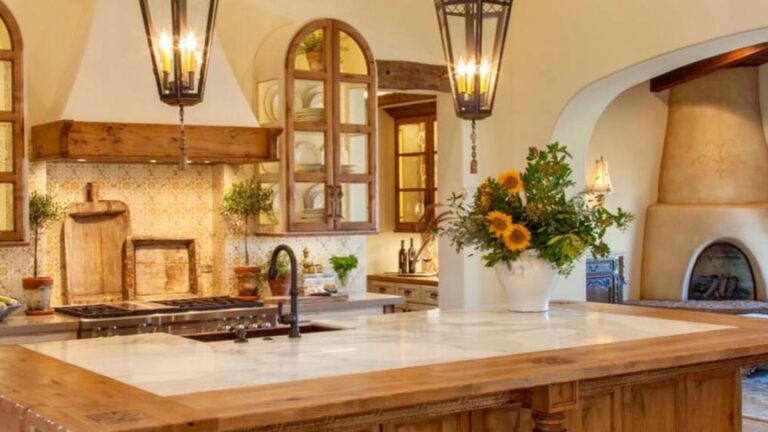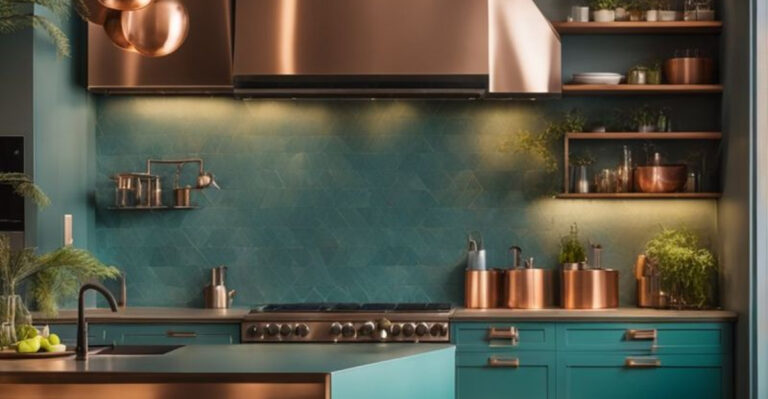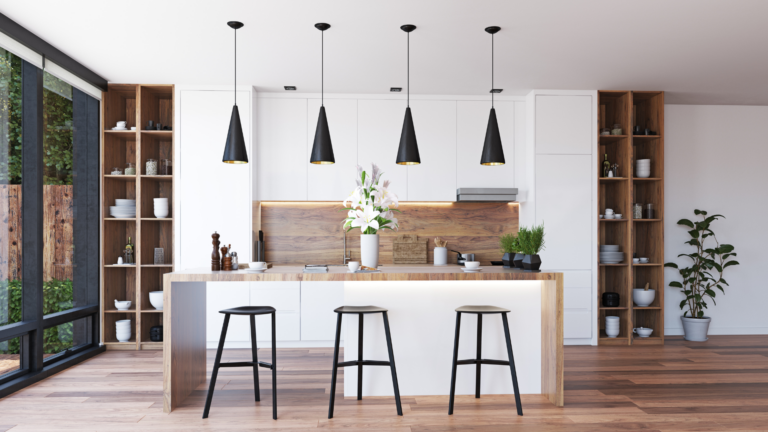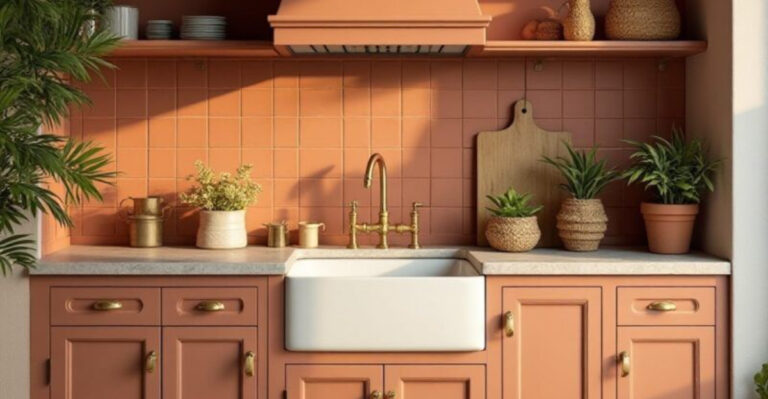10 Things You Should Never Forget When Renovating A Kitchen, According To Pros (Plus 8 Things To Leave Out)
When I renovated my kitchen, I thought I had it all figured out, until the budget ballooned and the layout made cooking feel like a chore. Turns out, a few small missteps can snowball into big regrets.
Pros see it all the time: costly choices that could’ve been avoided with a little guidance. Whether you’re gutting the whole space or just swapping out cabinets, it pays to know what actually matters.
A smart plan doesn’t just boost your home’s value, it makes everyday life way easier. Trust me, your future self will thank you for skipping the flashy mistakes.
1. Plan Your Layout Like A Traffic Controller
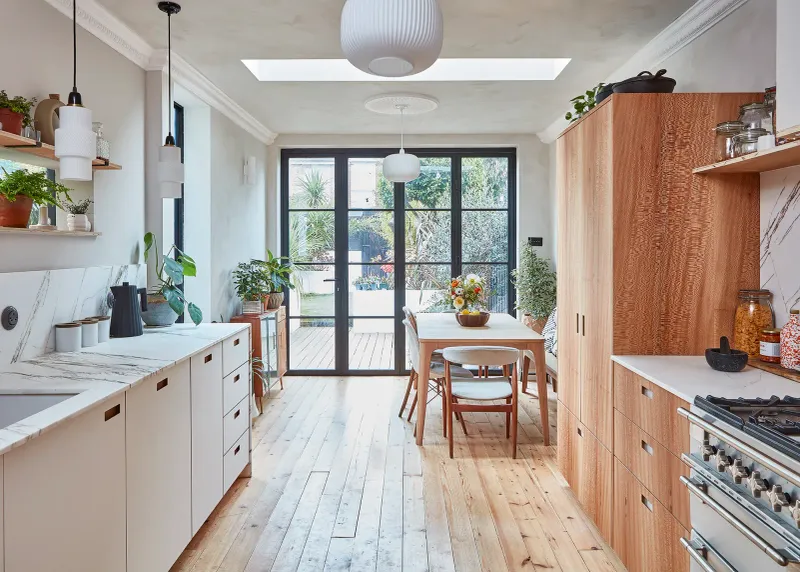
How you move around your kitchen matters more than fancy finishes. Smart designers always start with the work triangle connecting your sink, stove, and refrigerator.
If people bump into each other while cooking, your layout needs work. Keep pathways at least 36 inches wide so two people can pass comfortably.
Sometimes the prettiest kitchen becomes the most frustrating to actually use daily.
2. Electrical Outlets Are Your Best Friends
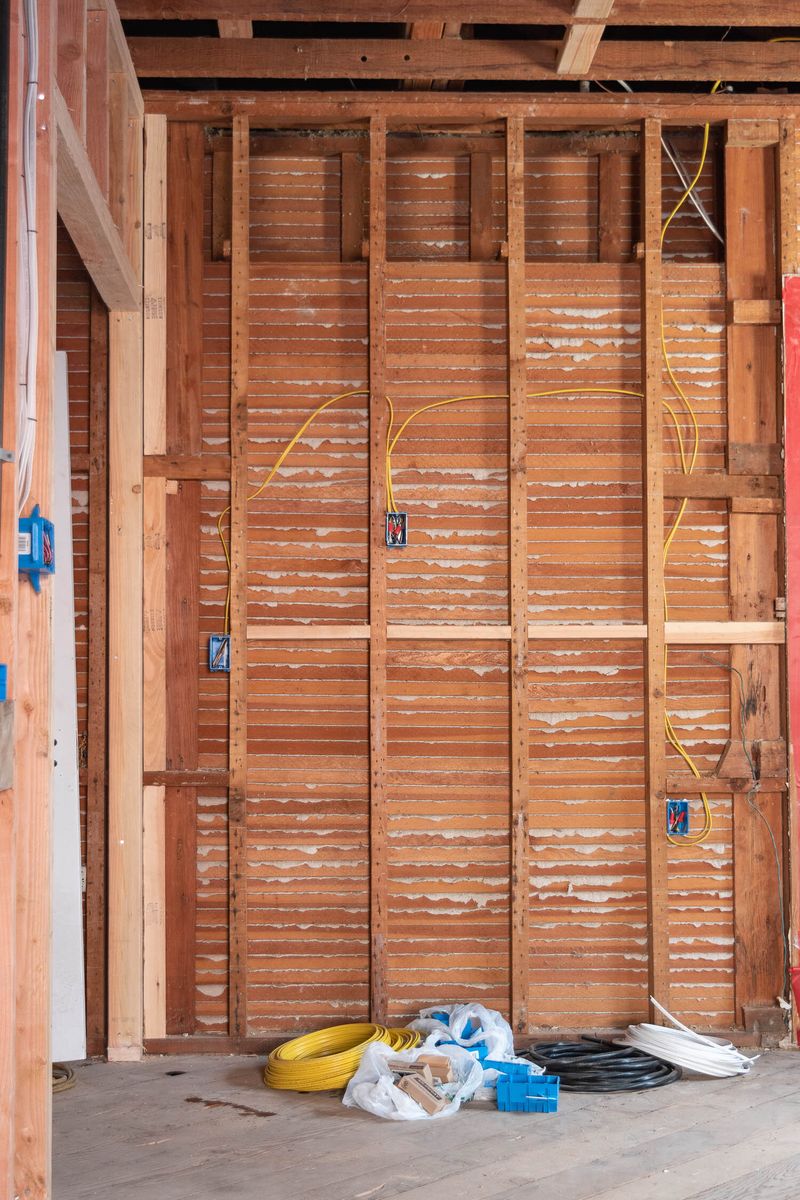
Though it seems obvious, most kitchens have way too few outlets. Coffee makers, toasters, blenders, and phone chargers all need power simultaneously.
Building codes require outlets every four feet along countertops, but smart homeowners add even more. Consider pop-up outlets in islands and USB charging stations.
Extension cords snaking across counters scream amateur hour to any kitchen pro.
3. Storage Should Work Harder Than You Do
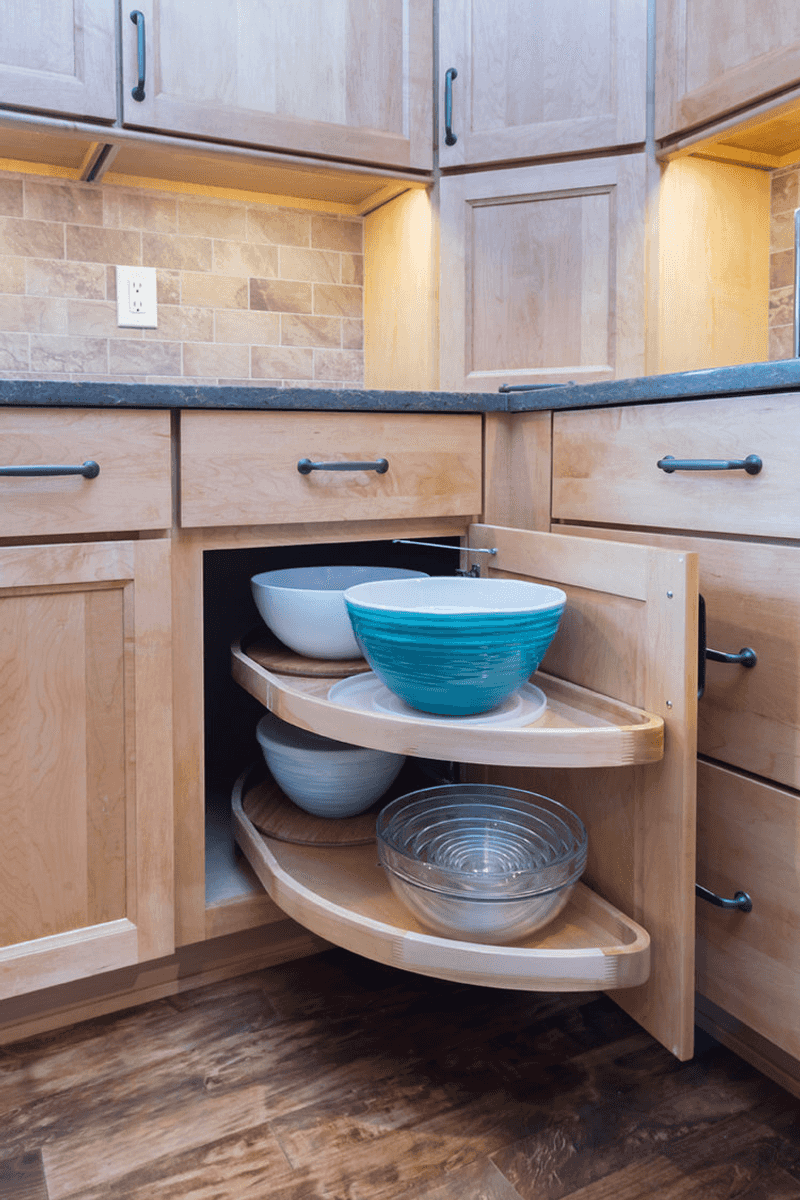
If you’re crawling on hands and knees to reach pots and pans, your storage plan failed. Deep cabinets need pull-out drawers or lazy susans to access everything.
Corner cabinets become black holes without proper hardware. Vertical dividers keep baking sheets organized instead of creating dangerous avalanches.
Smart storage costs more upfront but saves your sanity every single day.
4. Ventilation Prevents Kitchen Disasters
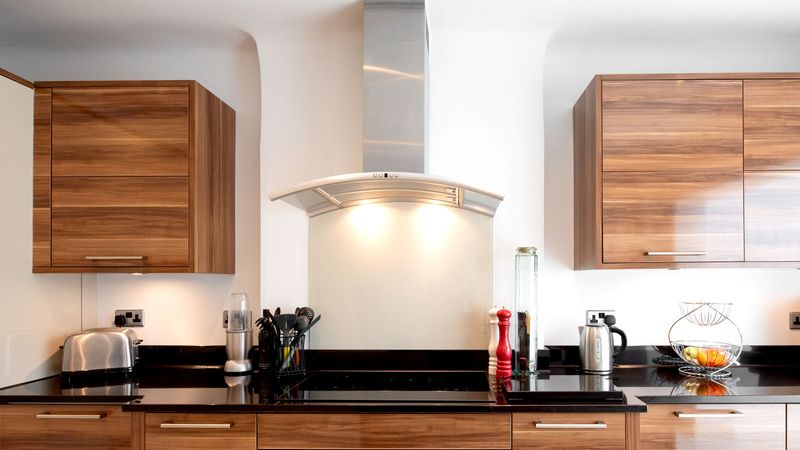
Grease, smoke, and cooking odors will destroy your beautiful renovation without proper ventilation. Range hoods need enough power to actually move air, not just look pretty.
Calculate 100 CFM per linear foot of cooktop for adequate airflow. Ductwork should run the shortest possible route to the outside.
Recirculating hoods just blow greasy air around your kitchen like a lazy ceiling fan.
5. Lighting Layers Make Magic Happen
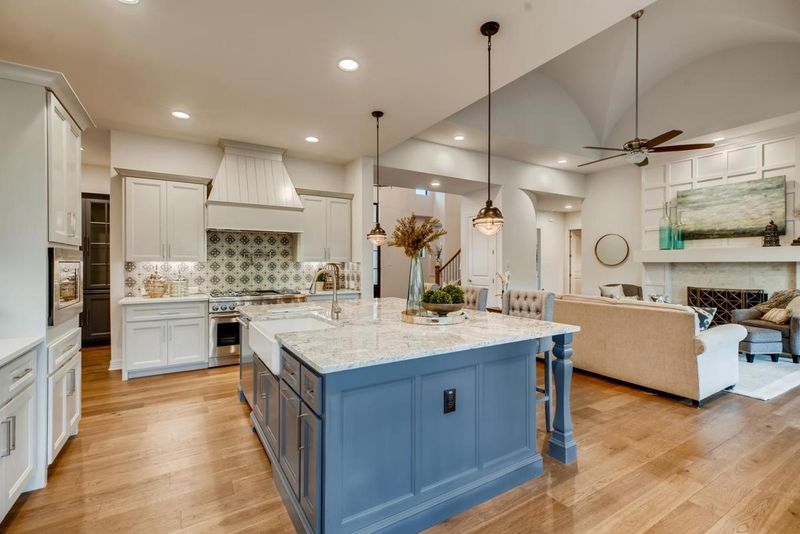
One overhead light makes your kitchen look like a hospital cafeteria. Professional designers use three lighting types: ambient, task, and accent.
Under-cabinet LED strips eliminate shadows on countertops where you actually work. Pendant lights over islands create focal points and mood.
Dimmer switches let you adjust brightness from bright work mode to cozy dinner ambiance.
6. Quality Appliances Beat Pretty Ones Every Time
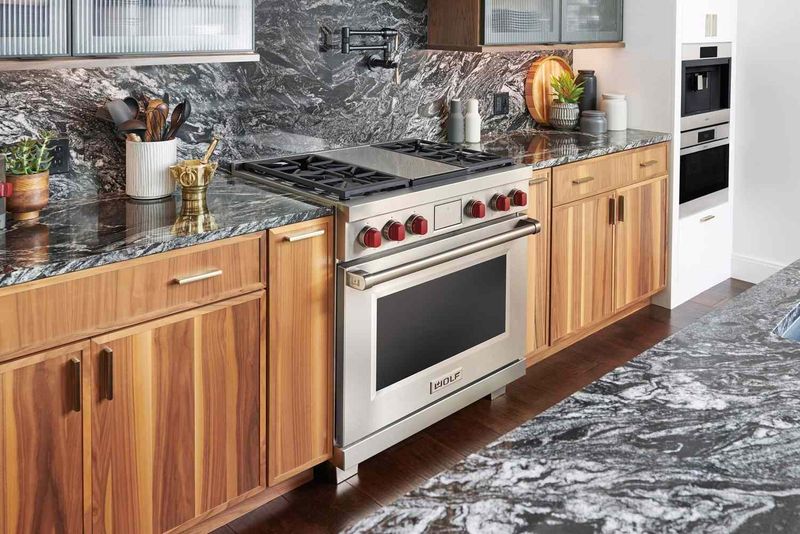
Instagram-worthy appliances often perform like expensive paperweights. Research reliability ratings and warranty coverage before falling in love with appearances.
Energy efficiency saves money monthly for decades. Professional-grade doesn’t always mean restaurant-style if you’re not actually a chef.
Sometimes the boring brand with excellent service records beats the trendy newcomer with questionable support.
7. Countertops Need To Handle Real Life

Beautiful countertops that chip, stain, or scratch easily become expensive regrets. Quartz offers durability without the maintenance headaches of natural stone.
If you cook frequently, avoid materials that require constant sealing or special cleaners. Heat resistance matters for busy cooks who forget trivets.
Sometimes practical choices look just as good as high-maintenance alternatives with better long-term satisfaction.
8. Plumbing Changes Cost More Than You Think
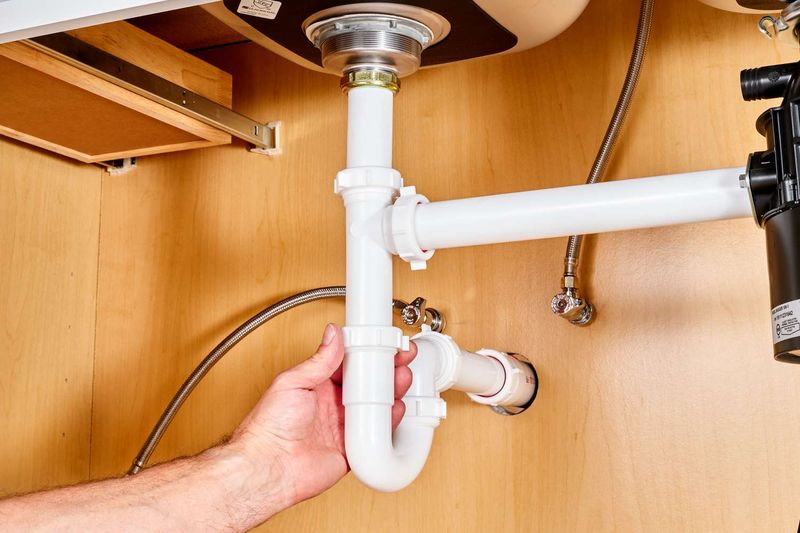
Moving sinks, dishwashers, or adding ice makers requires serious plumbing work. Water and drain lines don’t bend easily around your design dreams.
Permits and inspections add time and cost to plumbing changes. Sometimes working with existing locations saves thousands without compromising function.
If your heart is set on moving the sink, budget extra for potential surprises hiding behind walls.
9. Flooring Should Survive Kitchen Chaos
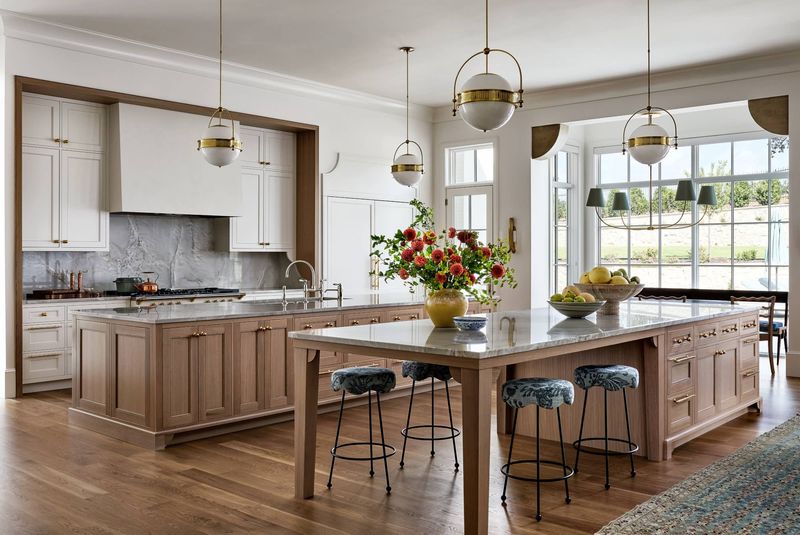
Kitchens see spills, drops, and heavy foot traffic daily. Hardwood looks gorgeous until the first water damage or dent from dropped pans.
Luxury vinyl plank offers wood looks with waterproof performance. Tile works great but grout lines need regular maintenance to stay clean.
Whatever you choose, it should handle kitchen accidents without requiring immediate repairs or replacements.
10. Budget For The Unexpected Surprises
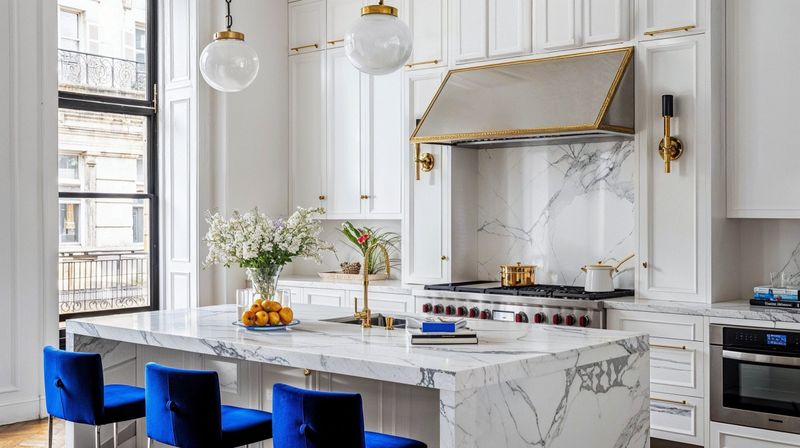
Every kitchen renovation uncovers surprises hiding behind walls. Old wiring, plumbing issues, or structural problems add costs quickly.
Smart homeowners budget an extra 20% for unexpected discoveries. Sometimes that charming old house has some not-so-charming old problems.
Professional contractors can spot potential issues early, but walls keep secrets until you open them up.
11. Skip The Overly Trendy Design Elements
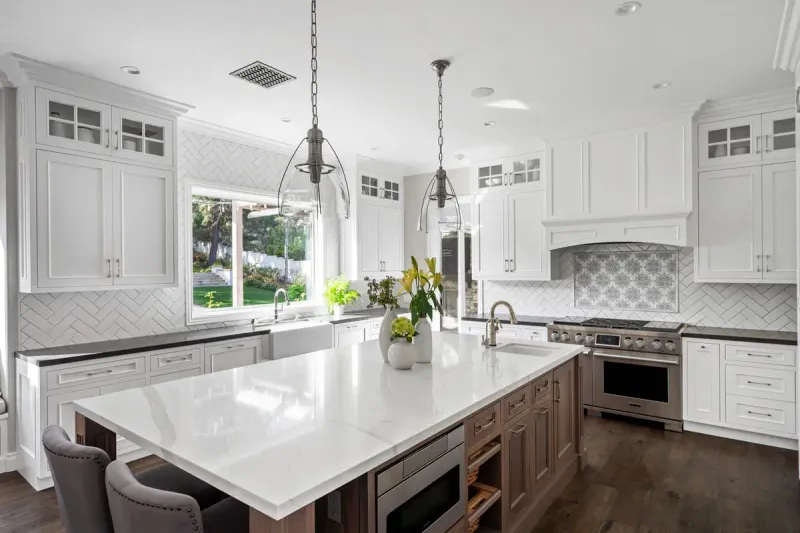
What looks cutting-edge today might look dated in five years. Bright colored cabinets or wild backsplash patterns lose their charm quickly.
Trendy hardware and fixtures cost just as much as classic choices but have shorter style lifespans. Neutral foundations let you add personality through easily changed accessories.
If you love bold colors, try them in paint or decor rather than permanent expensive elements.
12. Ditch The Unnecessary Gadget Appliances
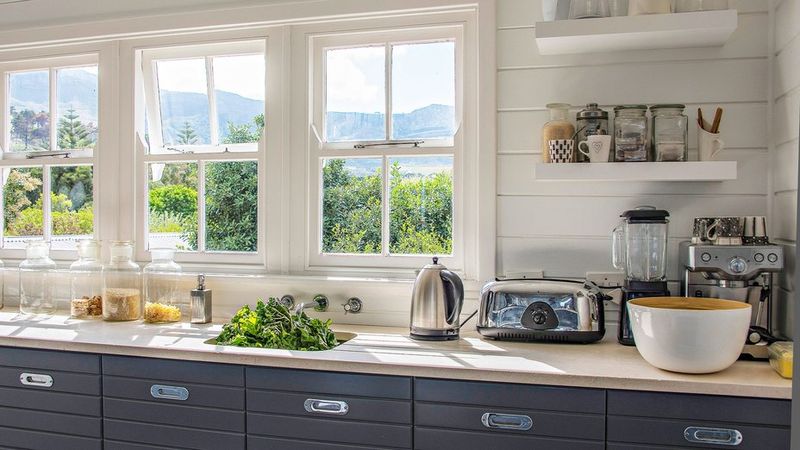
Built-in wine fridges, warming drawers, and specialty appliances seem appealing but often become expensive dust collectors. Most families use basic appliances daily and ignore the fancy extras.
Counter space usually proves more valuable than another gadget. If you wouldn’t buy the portable version, skip the built-in model.
Sometimes simple solutions work better than complicated ones that require special maintenance or repairs.
13. Avoid Impractical Island Designs

Islands look impressive but need adequate space around all sides. Cramped walkways make cooking frustrating and dangerous when carrying hot dishes.
Seating areas need proper legroom and elbow space or people won’t actually use them. Sometimes a simple peninsula works better than a fancy island.
If your kitchen feels tight with an island, consider other storage and workspace solutions instead.
14. Skip The All-White Everything Trend
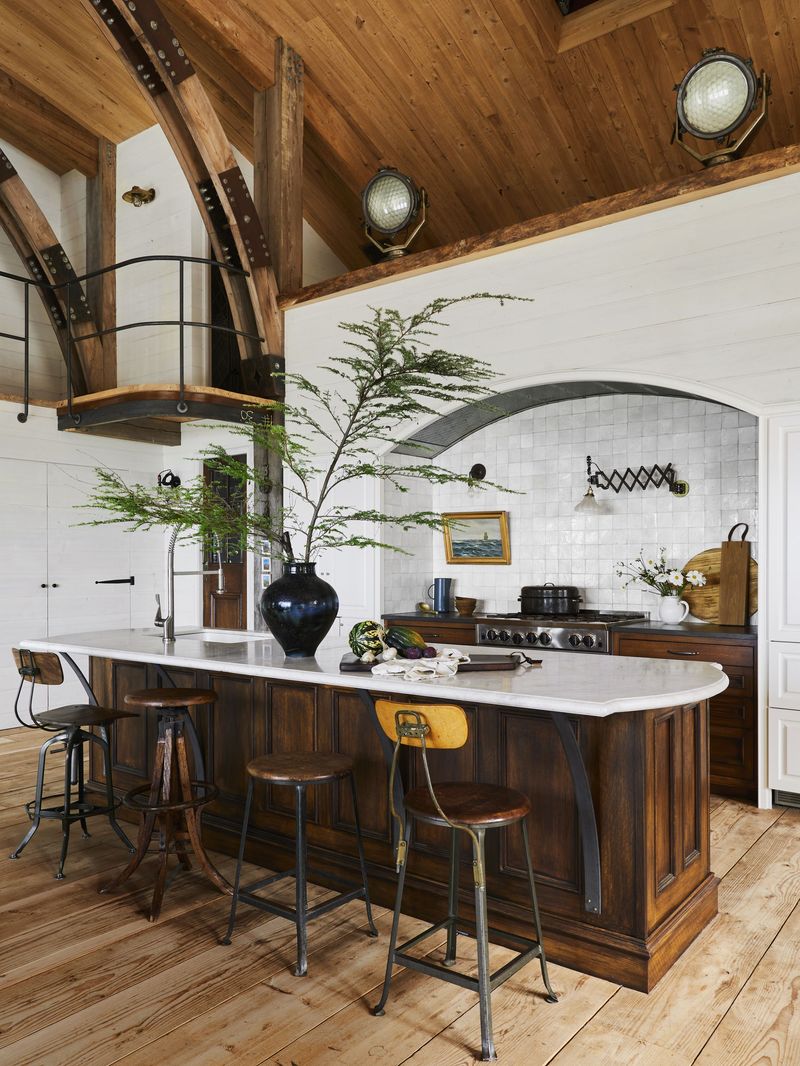
White kitchens photograph beautifully but show every fingerprint, stain, and scuff mark in real life. Maintenance becomes a full-time job with curious kids or messy cooks.
Pure white cabinets yellow over time, especially near heat sources. Adding some contrast through hardware, countertops, or backsplashes creates visual interest.
Sometimes a little color makes kitchens feel warmer and more inviting than sterile white boxes.
15. Don’t Forget About Kitchen Technology Integration
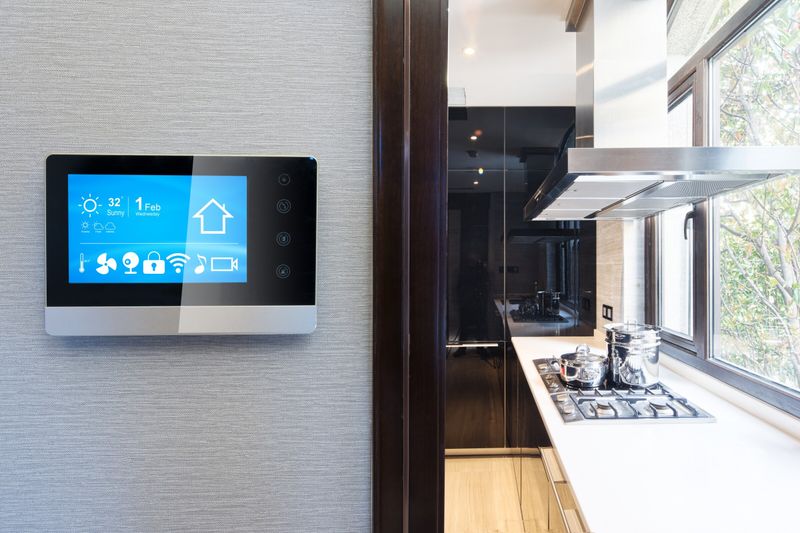
Modern kitchens need charging stations for tablets, phones, and other devices families use while cooking. Plan locations for these tech needs early.
Smart home integration requires proper wiring and network coverage. Consider where you’ll mount tablets for recipes or home automation controls.
Sometimes adding these features after construction costs much more than planning them from the beginning.
16. Eliminate Wasted Corner Space
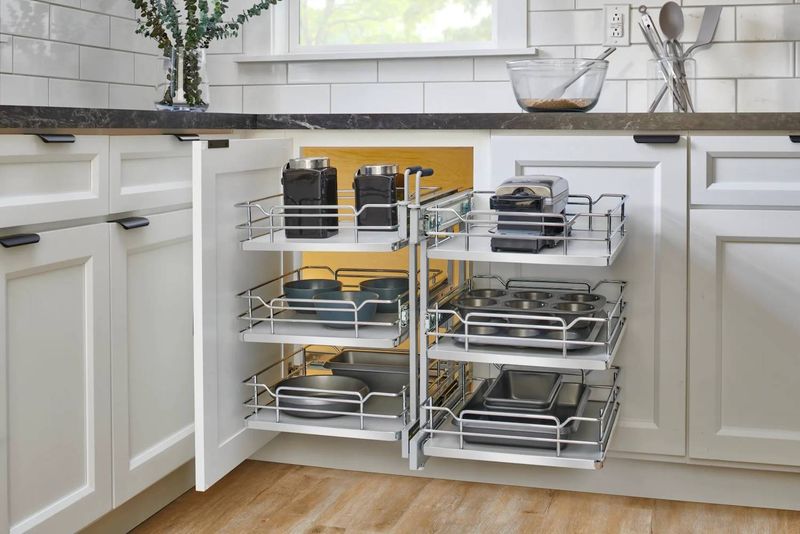
Standard corner cabinets waste enormous amounts of storage space that’s impossible to reach. Lazy susans or pull-out systems make corners actually functional.
Blind corner solutions cost more but provide access to otherwise lost space. Sometimes redesigning the layout eliminates problematic corners entirely.
If you can’t reach it easily, you won’t use it regularly, making that space essentially worthless.
17. Avoid Sacrifice Zones For Style
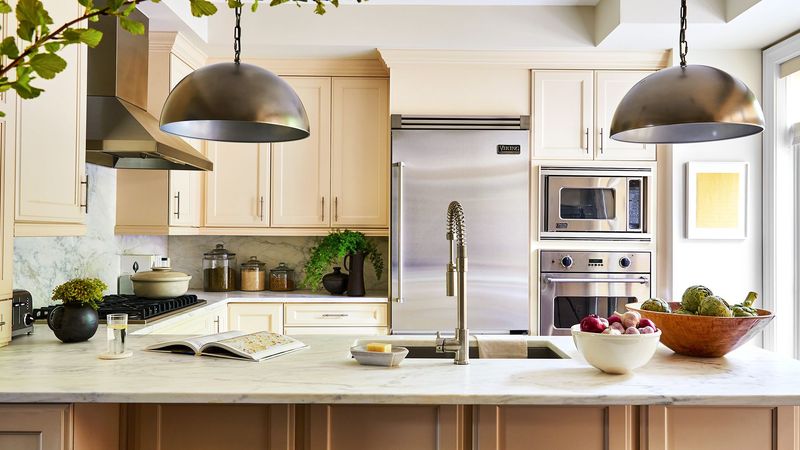
Beautiful kitchens that don’t function well become daily frustrations. Style should enhance function, not replace it entirely.
Gorgeous backsplashes that require special cleaning products or delicate countertops that limit cooking activities miss the point. Kitchens need to work first and look pretty second.
Sometimes the most beautiful kitchen is one that works so well you barely notice the effort.
18. Don’t Underestimate Professional Installation
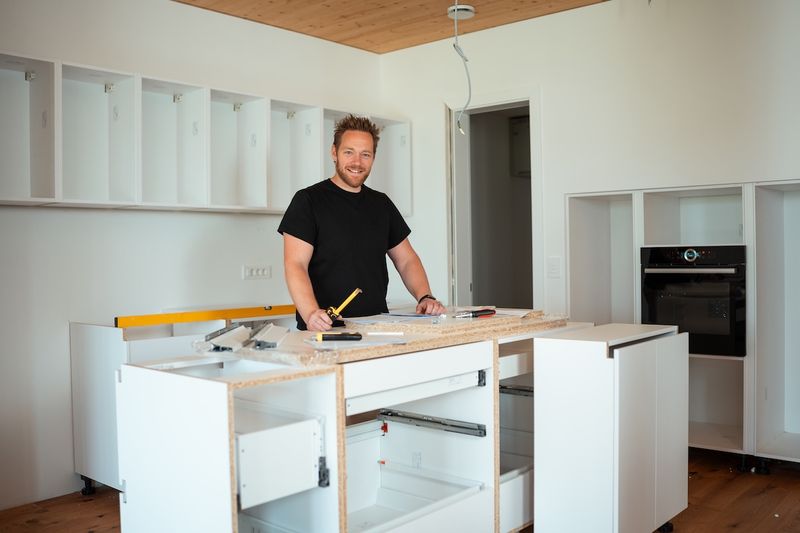
DIY installation seems like money-saving opportunity until things go wrong. Crooked cabinets, gaps in countertops, or poorly functioning drawers scream amateur work.
Professional installers have specialized tools and experience handling expensive materials safely. Warranty coverage often requires professional installation to remain valid.
Sometimes paying for expertise prevents costly mistakes that would require complete do-overs by professionals anyway.

